Search
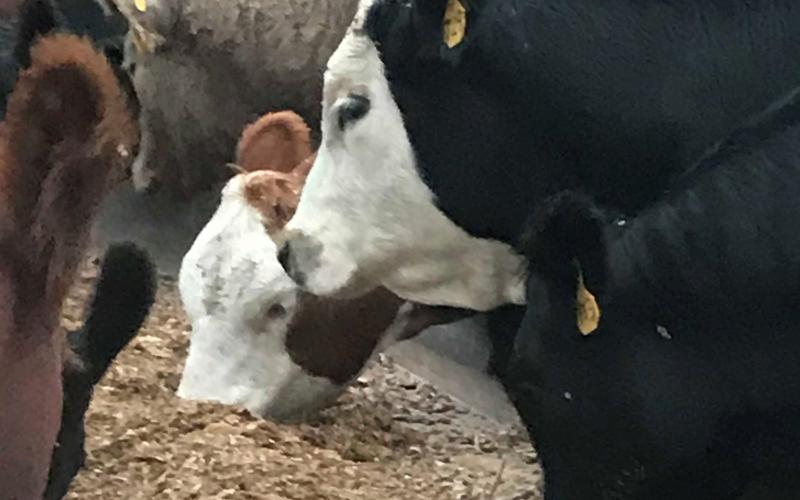
What’s Important to Know About Silage Additives & Inoculants?
Corn is suited to preservation as silage. Silage additives can be used to remedy deficiencies such as lack of sufficient population of bacteria to support adequate fermentation, and low levels of fermentable carbohydrates.
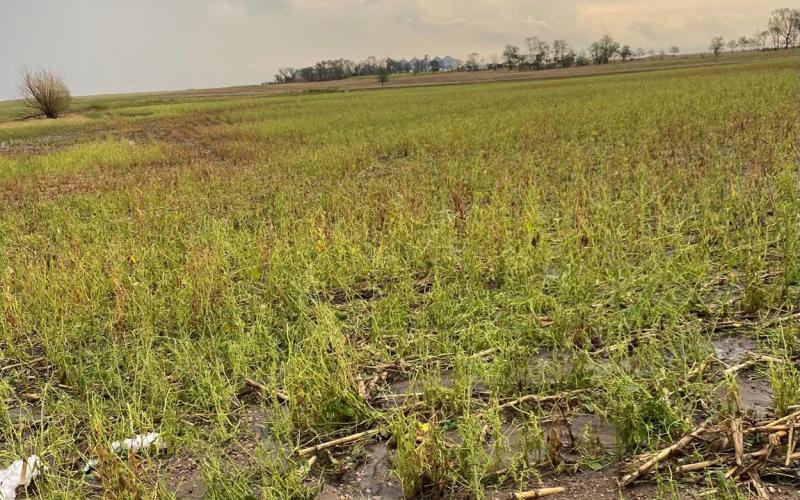
Making Decisions With Hail-Damaged Row Crops
Late-season hail damage can leave growers wondering what to do next. Before deciding what to do with your hail-damaged fields, take some time to consider a variety of management options.
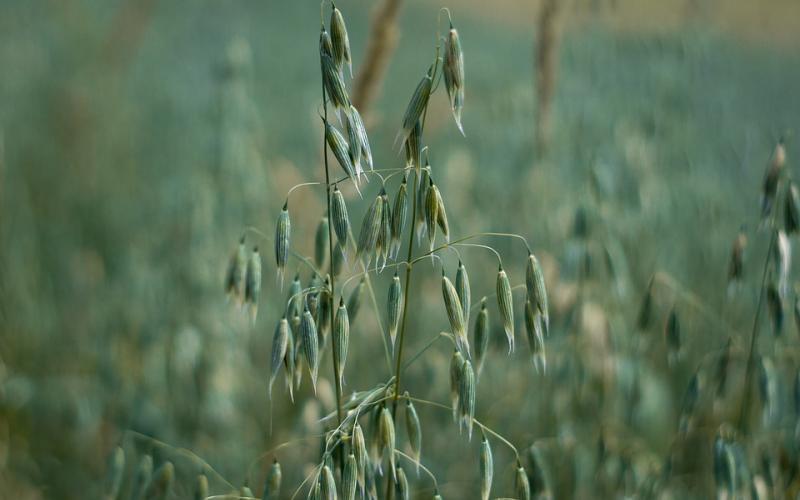
Using Plant Growth Regulator in Oats Grown for Grain
With growers’ interest emerging, SDSU Extension and research faculty teamed up and initiated a study in 2016 in Northeast SD to evaluate the effects of plant growth regulator. The study was conducted at the SDSU Northeast Research Farm (NERF) near South Shore, SD.
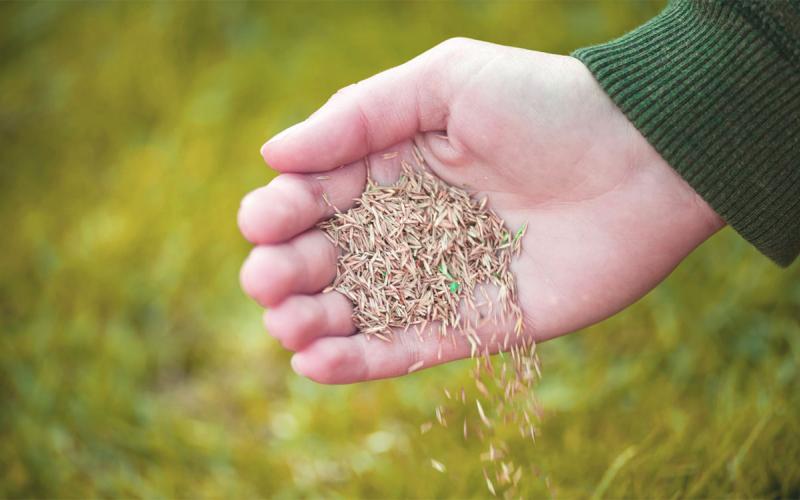
Renew Your Lawn This Fall With Overseeding
Overseeding your lawn is a smart maintenance procedure and a great way to renew your lawn after periods of drought. Fall timing gives you the best conditions for new grass to grow and thrive.
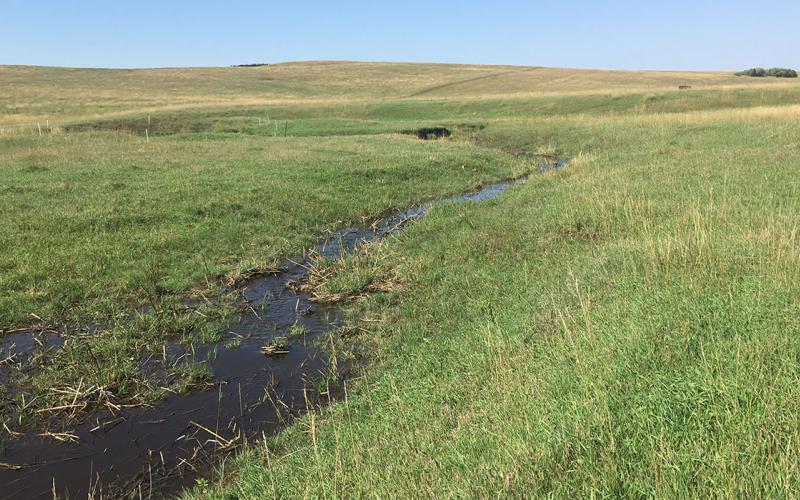
Be Careful Grazing the Green this Fall
With fall grazing on the horizon, nearly all of South Dakota is still experiencing drought conditions. Regardless of where your ranch is located, a rancher must be very careful when grazing the fall green-up of cool-season grasses.
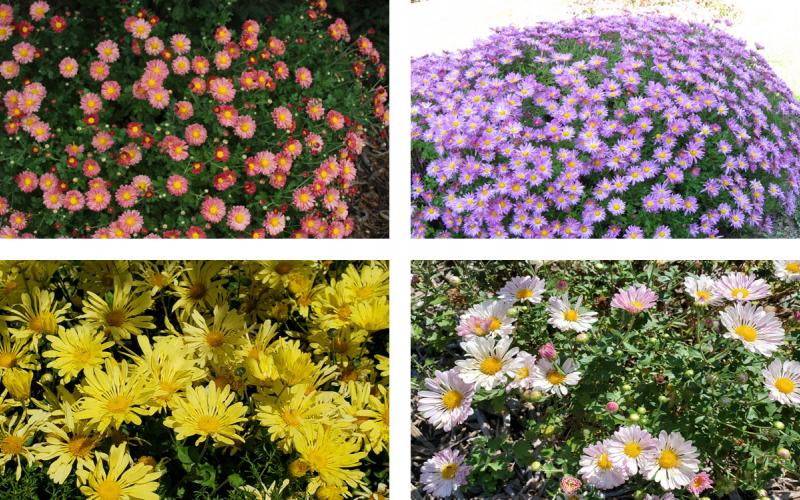
Chrysanthemums Add Color to Fall Gardens
Chrysanthemums are the quintessential fall-blooming plant that are sold all over the region, but not all mums are created equal! You need to shop carefully if you want plants that will look good this fall and also come back in future years.
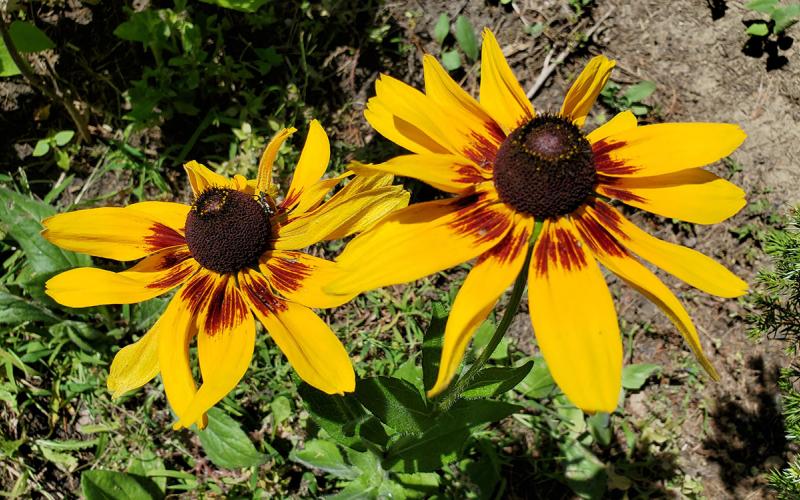
Rudbeckia Brighten the Garden From Summer Through Fall
Rudbeckia, or Black-Eyed Susans, are a favorite plant of many gardeners. They are prized for their bright yellow-to-orange flowers with the dark-brown center, and they are typically easy to grow when planted in a sunny location.
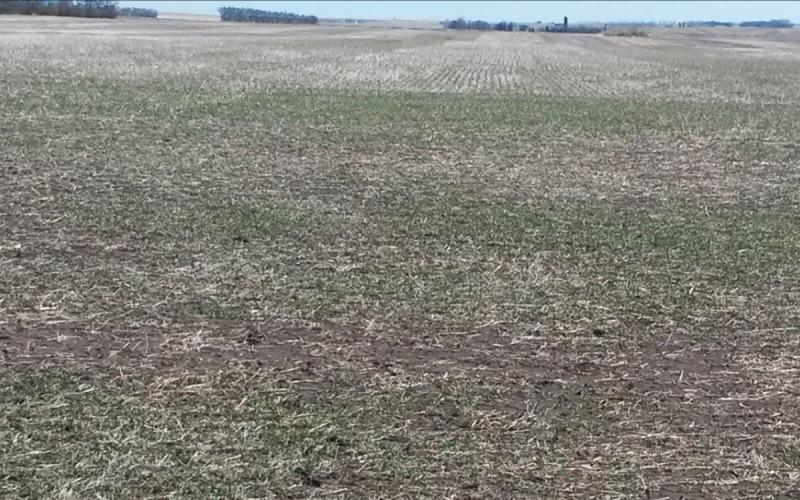
Winter Wheat Planting Considerations
As we move into fall, winter wheat growers often ask, "What is the best time to plant winter wheat?" If planted too early, winter wheat can develop disease and insect problems. If planted too late, it can get winter killed.
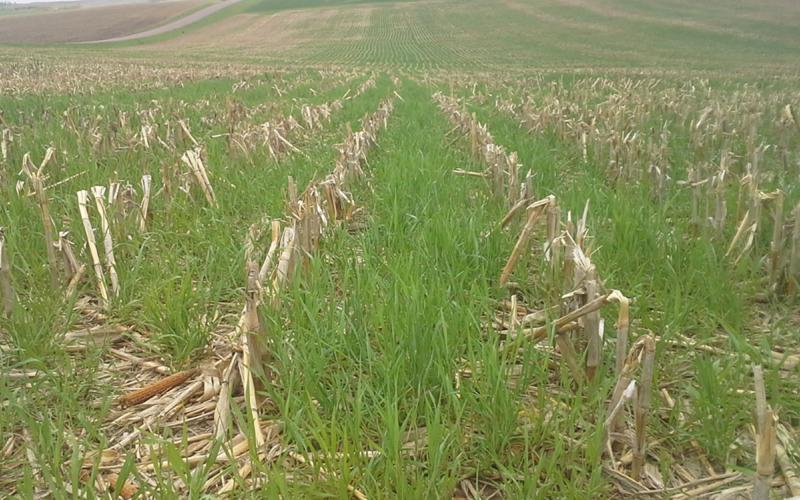
Thinking Cover Crops? Winter Rye Between Corn and Soybean
Although the 2021 growing season in has been impacted by widespread drought and record-high temperatures, recent rain events have brought planting cover crops back into the conversation.

Water Rights in a Time of Drought
During a drought, it is not surprising that the South Dakota Water Rights Program will see an increase in permit applications. In South Dakota, water is considered the property of the people of the state, and depending on your intended water use, a water right permit may be needed.